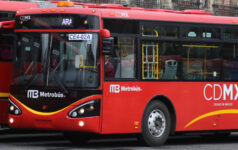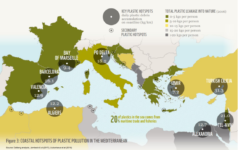Originally published by African Arguments.
I was born and raised in Kenya, a child of the city brought up with a deep love for my ancestral home of Oyani. Nestled between Lake Victoria and the Maasai Mara, it was a place we fondly referred to as “the promised land”.
Every year, during the Christmas holidays, my parents would gather me and my siblings and drive us from the Indian Ocean town of Mombasa, where we lived, to Oyani, a journey of over 1,000 km. Like most children brought up in the city, I would whine incessantly about spending a whole two weeks in a village with no running water and, more importantly, no electricity. The thought of missing out on television and instant hot showers made me groan with dread every time we set off on our annual pilgrimage.
Few people were therefore as excited as me when, after over a decade of lobbying, fundraising, cajoling and pleading, the government began extending the power grid to our village. Doing so required installing 17 km of transmission lines and cost the community of Oyani dearly, with the final price tag of the connection project coming to over $170,000.
Connection to the national grid had been a decades-long dream for area residents, however, and they readily made the necessary sacrifice. Nowadays, when we set off on our annual pilgrimage to the village we do so knowing that we will have access to most of the conveniences of city life to which we have grown accustomed.
GENERATING ELECTRICITY RIGHT WHERE IT’S NEEDED
The decades-long struggle to bring grid electricity to Oyani made it clear to me that, for the bulk of Africa’s population, connection to a national grid will remain a pipe dream for the foreseeable future. As the least densely populated continent in the world, Africa presents a unique challenge for centralised forms of public infrastructure such as national power grids, a fact that has resulted in massive under-investment.
It is estimated that the entire continent has fewer kilometres of power transmission lines than Brazil. Kenya alone requires $4 billion of additional investment in power transmission infrastructure to meet current energy needs. While organisations like the African Development Bank work to build additional power generation capacity, the question of how to get power from where it is generated to where it is needed still presents a major challenge to Africa’s plans for universal electrification.
However, Africa’s geographic and resource challenges offer a unique opportunity for the continent to shift the thinking on how to achieve access to electricity for all. By prioritising mini-grid technology, using solar photovoltaic panels and lithium ion batteries, Africa can chart a new path towards universal electrification – one where electricity is generated right where it is needed.
















